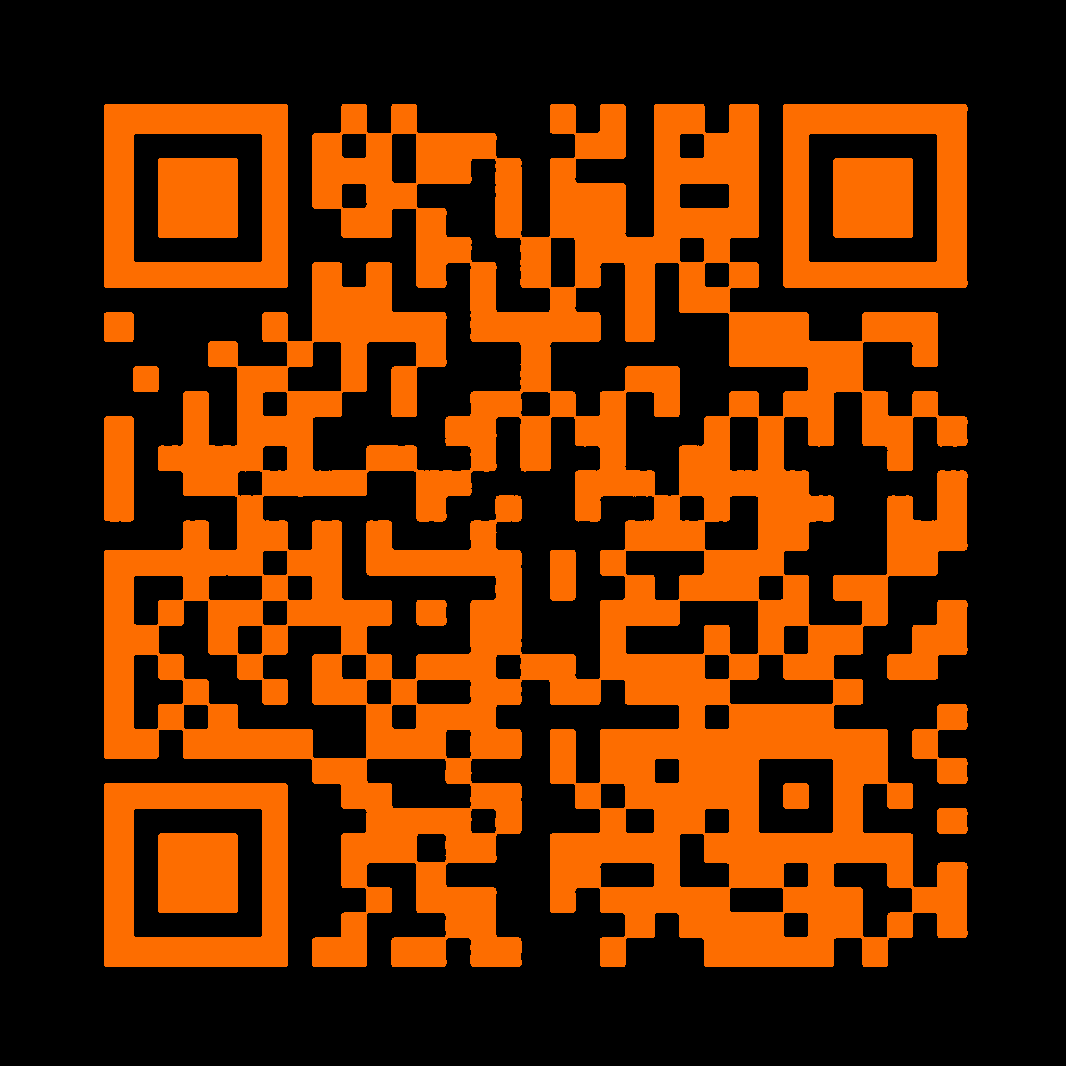The third installment in Reason's four-part documentary series titled "Cypherpunks Write Code."
----
Subscribe to our YouTube channel: https://www.youtube.com/ReasonTV?sub_...
Like us on Facebook: https://www.facebook.com/Reason.Magazine
Follow us on Twitter: https://twitter.com/reason
Reason is the planet's leading source of news, politics, and culture from a libertarian perspective. Go to reason.com for a point of view you won't get from legacy media and old left-right opinion magazines.
-----
In 1977, a team of cryptographers at MIT made an astonishing discovery: a mathematical system for encrypting secret messages so powerful that it had the potential to make government spying effectively impossible.
Before the MIT team could publish a description of how this system worked, the National Security Agency (NSA) made it known that doing so could be considered a federal crime. The 1976 Arms Export Control Act (AECA) made it illegal to distribute munitions in other countries without a license, including cryptography. The penalty for violating AECA was up to 10 years in prison or a fine of up to one million dollars.
It was the beginning of the "crypto wars"—the legal and public relations battle between the intelligence community and privacy activists over the rights of citizens to use end-to-end encryption. Many of those who were involved in the crypto wars were associated with the "cypherpunk movement," a community of hackers, hobbyists, and computer scientists, which the mathematician Eric Hughes once described as "cryptography activists."
The crypto wars continue to this day: On October 11, 2020, U.S. Attorney General William P. Barr issued a joint statement with officials from six other countries that implored tech companies not to use strong end-to-end encryption in their products so that law enforcement agencies can access the communications of their customers.
Go to Reason.com for full text and links.
Written, shot, edited, narrated, and graphics by Jim Epstein; opening and closing graphics and Mark S. Miller/RSA graphics by Lex Villena; audio production by Ian Keyser; archival research by Regan Taylor; feature image by Lex Villena.
Music: "Crossing the Threshold - Ghostpocalypse" and "Darkest Child" by Kevin MacLeod is licensed under a Creative Commons Attribution license; "High Flight" by Michele Nobler licensed from Artlist; "modum" by Kai Engel used under Creative Commons.
Photos: Photo 44356598 © Konstantin Kamenetskiy - Dreamstime.com; Photo 55458936 © Jelena Ivanovic - Dreamstime.com; Photo 21952682 © Martin Haas - Dreamstime.com; Photo 143489196 © Chalermpon Poungpeth - Dreamstime.com; ID 118842101 © Andrey Golubtsov | Dreamstime.com; Freeh and Clinton, Mark Reinstein/ZUMA Press/Newscom; Freeh and Clinton, Ron Sachs - CNP/Newscom; WhatsApp Founders, Peter DaSilva/Polaris/Newscom; Bill Barr and Trump: CNP/AdMedia/Newscom; MIT, DEWITT/SIPA/Newscom; John Gilmore photos by Quinn Norton, Attribution-NonCommercial-ShareAlike 2.0 Generic; Bill Clinton in Oval Office, Robert McNeely/SIPA/Newscom; Bill Clinton, White House/SIPA/Newscom; Louis J. Freeh and Bill Clinton, Ron Sachs - CNP/Newscom; James Comey, KEVIN DIETSCH/UPI/Newscom; Bobby Inmann, Dennis Brack / DanitaDelimont.com "Danita Delimont Photography"/Newscom; John Gilmore, Paul Kitagaki Jr./ZUMA Press/Newscom; Berlin Wall, Associated Press.
